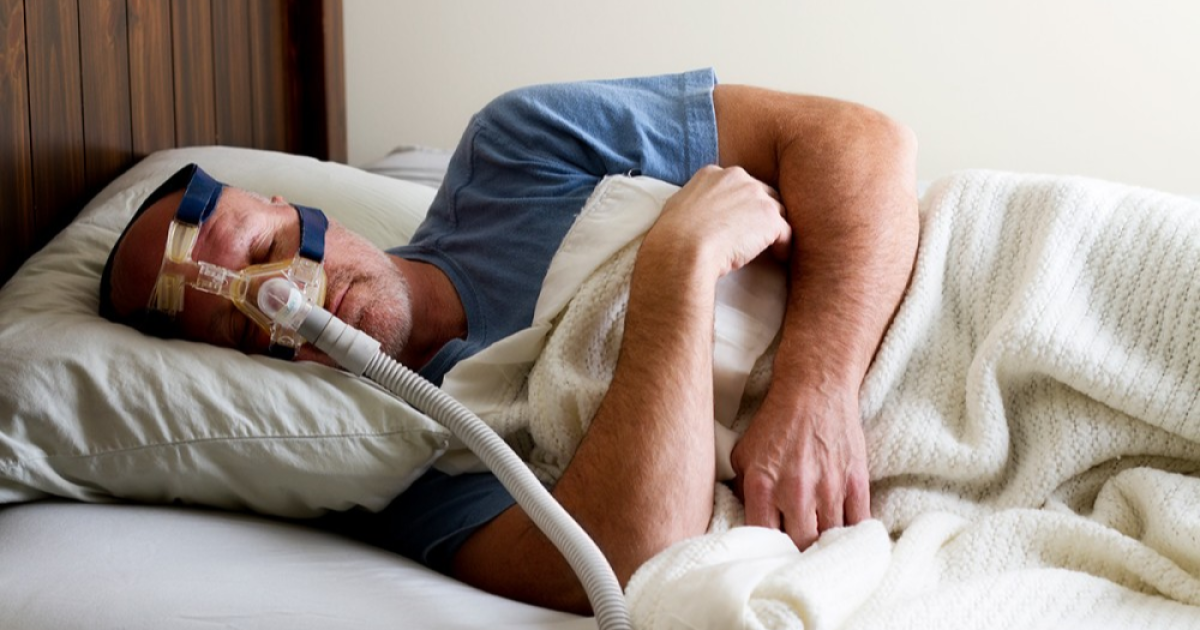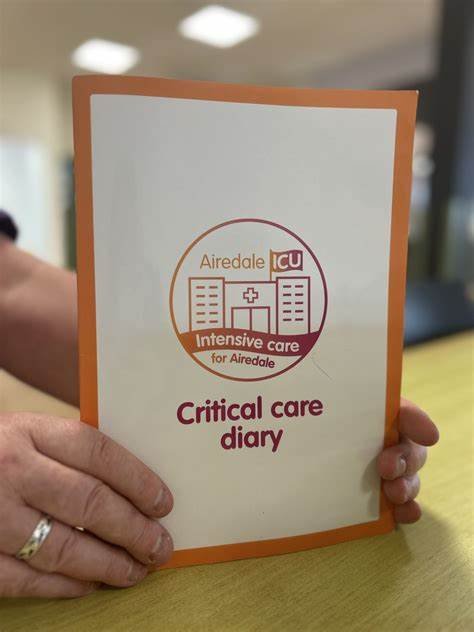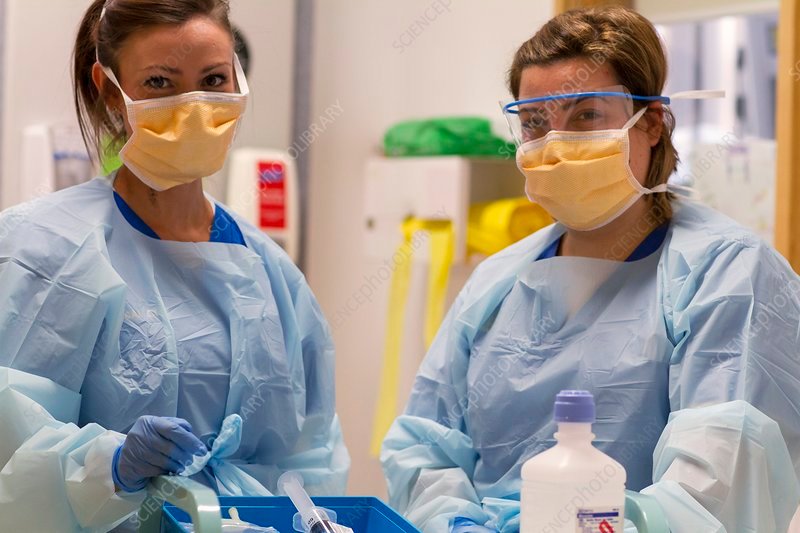Managing sleep disturbances in intensive care is crucial for the well-being and recovery of patients. Sleep is a vital part of healing, yet many patients in the ICU struggle to get the rest they need. Factors such as noise, lights, and stress can contribute to poor sleep quality. In this article, we’ll discuss effective strategies for managing sleep disturbances in intensive care, ensuring patients have a better chance of recovery.
Understand the Importance of Sleep in the ICU
The first step in managing sleep disturbances in intensive care is understanding why sleep is essential. Good sleep helps the body heal, boosts the immune system, and improves mental health. When patients don’t get enough rest, their recovery may slow down. Therefore, it is vital to prioritize sleep in the ICU setting.

Create a Calming Environment
One effective way of managing sleep disturbances in intensive care is to create a calming environment. Hospitals can be noisy and bright, which makes it difficult for patients to sleep. Keeping the lights dimmed during the night and reducing loud sounds can help create a more peaceful atmosphere. If possible, use curtains or screens to provide privacy, allowing patients to feel more secure and comfortable. A soothing environment can significantly enhance sleep quality.
Implement a Sleep Schedule
Establishing a sleep schedule is another way to manage sleep disturbances in intensive care. Encouraging patients to stick to a regular sleep routine can help their bodies recognize when it is time to rest. Healthcare providers should work to minimize disruptions during nighttime hours. This means limiting routine checks and procedures to essential times. By respecting patients’ sleep schedules, we can help them get the rest they need for recovery.
Encourage Relaxation Techniques
Incorporating relaxation techniques is crucial for managing sleep disturbances in intensive care. Techniques such as deep breathing, guided imagery, or gentle stretching can help reduce anxiety and promote relaxation. Caregivers can guide patients through these exercises, or they can provide resources like videos or audio recordings. Implementing these practices can help patients wind down and prepare for sleep, ultimately improving their overall rest.
Limit Caffeine and Stimulants
Managing sleep disturbances in intensive care also involves monitoring patients’ intake of caffeine and stimulants. Many patients may not realize how these substances affect their ability to sleep. Healthcare providers should educate patients about the importance of avoiding caffeine, especially in the afternoon and evening. Instead, offering herbal teas or other non-caffeinated beverages can promote relaxation and better sleep quality.
Involve Family in Care
Family involvement can be a significant factor in managing sleep disturbances in intensive care. When loved ones visit, they can provide comfort and emotional support, which can help ease anxiety and stress. Encouraging family members to visit during the day can help patients feel more relaxed at night. This emotional connection can improve patients’ overall mental health and make it easier for them to sleep.
Use Sleep Aids Wisely
Sometimes, medical professionals may recommend sleep aids to help manage sleep disturbances in intensive care. While these medications can be helpful, they should be used carefully and only when necessary. Healthcare providers should assess each patient’s individual needs and monitor for any potential side effects. In some cases, a brief course of medication may be beneficial, but it’s essential to combine this approach with other non-pharmacological methods for managing sleep.
Maintain a Comfortable Bed Position
The position in which a patient sleeps can significantly impact their comfort and ability to rest. Managing disturbances in intensive care includes ensuring patients are in a comfortable position. Adjusting the bed’s angle and providing extra pillows can help support patients’ bodies and reduce discomfort. This adjustment is particularly important for patients recovering from surgery or those with breathing difficulties.
Minimize Light Exposure
Reducing light exposure is vital for managing disturbances in intensive care. Bright lights can disrupt the body’s natural sleep-wake cycle, making it harder for patients to fall asleep. Using low-intensity lighting at night and ensuring that monitors and equipment emit minimal light can help create a more conducive sleeping environment. Patients should also be encouraged to wear sleep masks if they are sensitive to light.
Regularly Assess Sleep Quality
Finally, regularly assessing sleep quality can provide valuable insights into how well patients are resting. Healthcare providers should ask patients about their sleep patterns and any disturbances they experience. This feedback allows caregivers to adjust their strategies for managing sleep disturbances in intensive care. By actively monitoring sleep quality, providers can tailor their approach to better meet each patient’s needs.
Conclusion
Managing sleep disturbances in intensive care is essential for patient recovery. By understanding the importance of sleep, creating a calming environment, and encouraging relaxation techniques, we can significantly improve patients’ rest. Involving family members, monitoring caffeine intake, and using sleep aids wisely are also important steps in this process. Additionally, ensuring comfortable sleeping positions, minimizing light exposure, and regularly assessing sleep quality can enhance overall patient care. By prioritizing sleep, we help patients on their journey to recovery.











